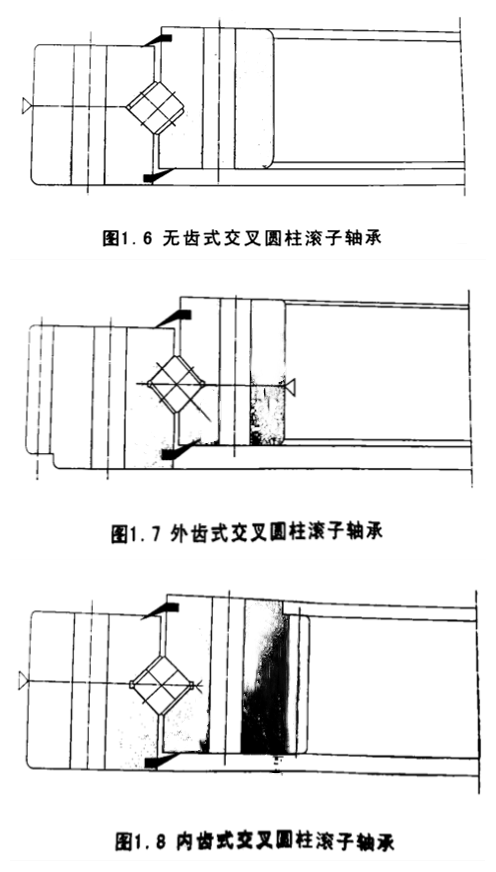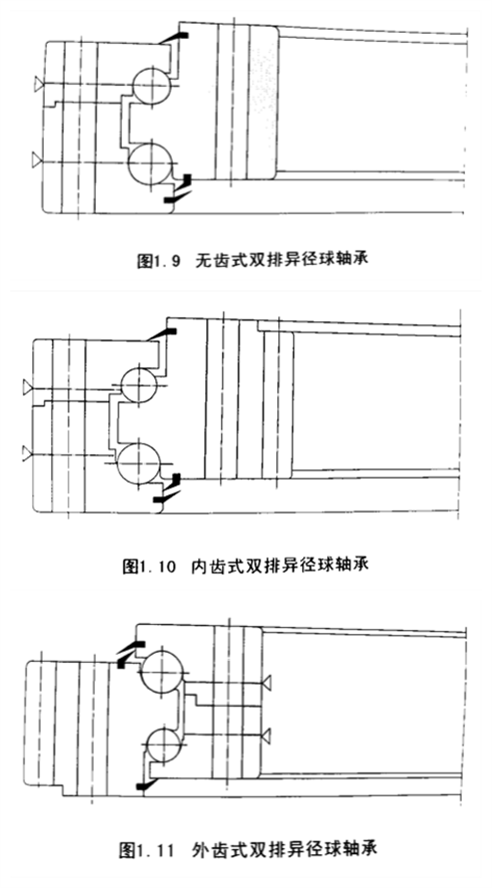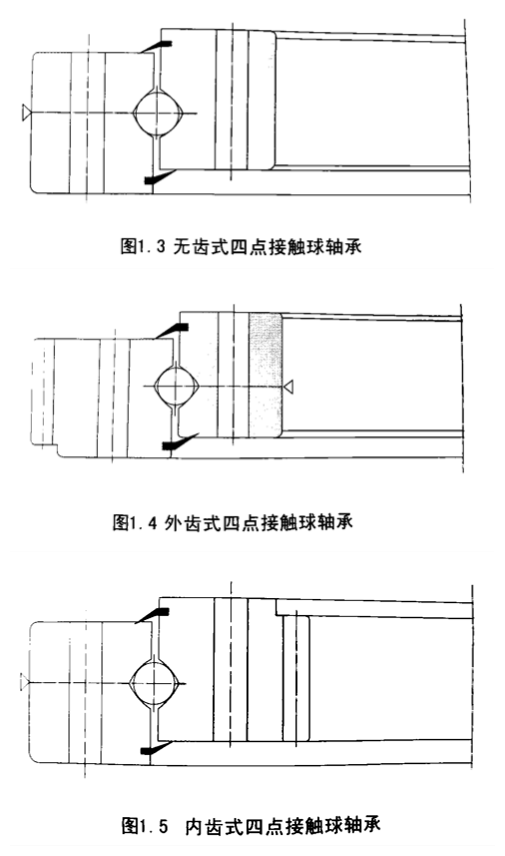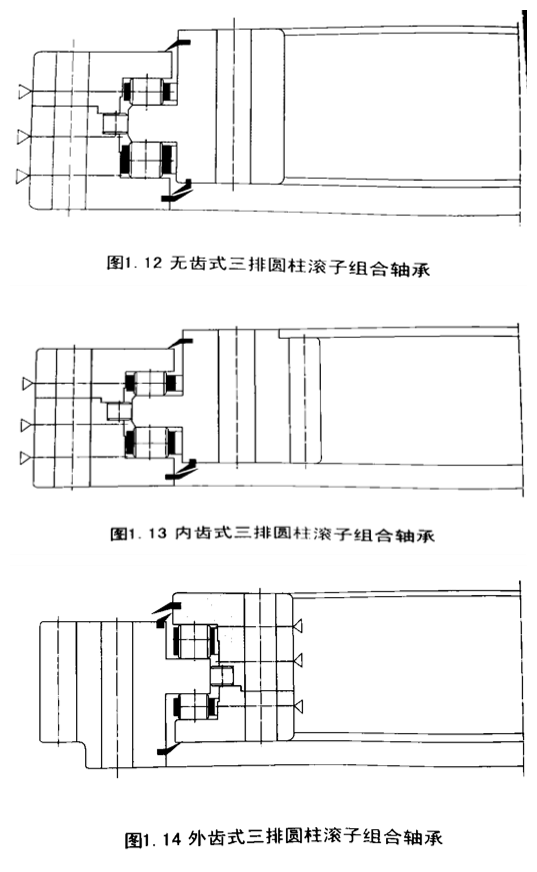What you need to know about slewing bearings
Aug 12, 2022
What is a slewing ring?
Slewing ring also known as Turntable Bearings, Ring Gears, Swing Bearings, Slew Gears, or Slew Rings. Slewing bearing is a kind of large bearing with special structure that can bear large axial load, radial load and overturning moment and other comprehensive loads at the same time, and integrates support, rotation, transmission, fixing and other functions.




Slewing bearing structure features
The biggest difference between the slewing bearing and the rolling bearing in the general sense is that it can withstand a large eccentric load (i.e. overturning moment), and its bearing capacity has a great relationship with the eccentric distance of the load.
Most slewing bearings have mounting holes, lubrication holes, sealing devices, etc. in structure. Therefore, slewing bearings have the characteristics of compact structure, simple installation and convenient maintenance.
The basic structure of slewing bearing is: four-point contact ball bearing, double-row reducing ball bearing, crossed cylindrical roller bearing and three-row cylindrical roller combined bearing. The above types of bearings are divided into different structures such as toothless type, external gear type or internal gear type according to whether they have teeth and the distribution of gears.
According to different structural characteristics, the slewing bearing can meet the needs of the working host under different load conditions. Among them, the four-point contact ball slewing bearing has higher dynamic load capacity, the crossed cylindrical roller slewing bearing has higher static load capacity, and the pre-interference of the crossed tapered roller slewing bearing can make the bearing have greater support rigidity and high rotation accuracy, the three-row cylindrical roller combined rotary table bearing leads the improvement of bearing capacity to the direction of bearing height, and various loads are respectively borne by different raceways and roller groups. Therefore, under the same stress conditions, the diameter of its bearing can be greatly reduced, so it has the characteristics of making the main machine more compact. It is a rotary table bearing with high bearing capacity.




Application field
Compared with other bearings, slewing bearings have unique load-bearing characteristics, and are usually used in lifting machinery, excavators, rotary tables, wind turbines, telescopes and tank turrets, medical equipment, food equipment and other devices. Through improved machining methods and updated design concepts, today's slewing bearings can be used in smaller, more complex and more precise applications.
In the machine tool industry, the turntable bearing of standard structure adopts high-precision grade and preload is applied to eliminate clearance and reduce vibration. The radial runout and diameter tolerance of the bearing ranges from one thousandth to one ten thousandth of an inch, the structure is compact, the section size is small, and the diameter range can be as small as 50mm (the steel ball size of this type of bearing is heavier than traditionally used. Series slewing bearings have small ball sizes). This prompted designers to begin to reconsider traditional bearing arrangements.
The suspender column bearing used to bear radial, axial and moment loads is installed with two sets of balls or rollers, and the bearing is spaced along the shaft. In this configuration, two sets of bearings are set on the shaft for a long distance to obtain a higher torque load capacity. However, for such a configuration, it is difficult to adapt to new applications due to space constraints and complexity of installation, which is the advantage of the rotary table bearing. Using one set of bearings instead of two sets of bearings can not only reduce the height of the device, but also simplify the component structure. Therefore, the rotary table bearing is especially suitable for the new control device in industrial automation.
The correct selection of bearings depends on the requirements of load, stiffness, speed, size and rotational flexibility. The user and the bearing manufacturer jointly discuss the design objectives and the applicability of the bearing, which is helpful to optimize the performance of the system on the premise of the lowest cost and ensuring trouble free operation.
A better design choice is a set of four-point contact ball bearings. The intersecting contact angles create a larger effective pitch diameter to counteract the effect of overturning moments. In addition, the use of a large-sized single set of bearings can make the contact line between the ball and the raceway pass through the center of the bearing bore. This can simplify the overall design, improve the appearance and protect the parts. Although four-point contact ball bearings have been used for many years in construction machinery such as cranes, backhoes, excavators, etc., these bearings are also widely used in special machinery. These installations include robots, hoisting slewings, locomotives and radar mounts, among others. Generally, the load capacity is the decisive factor for selecting the bearing section size and diameter, but other parameters determine which bearing type is the best.
(1) Double-row four-point contact ball bearings are required for larger torques.
(2) Increasing the stiffness requires the use of roller bearings.
(3) The maximum load capacity requires the use of crossed rollers (two-row or three-row roller bearings) or four-point contact ball bearings with two-row balls.
(4) The amount of deformation of the installation machine is limited (or aluminum is used), and aluminum ferrules are required instead of steel ball or roller bearings. The aluminum ferrule reinforced with hardened steel wire not only matches the expansion coefficient of the aluminum structure, but also obtains the required flexibility to compensate for installation deformation.
For applications requiring increased rigidity and load capacity, large-sized bearings are required, but for applications with sensitivity requirements such as robots and manipulators, small-sized bearings are required. The slewing bearing with a smaller inner diameter makes the structure of the mounting member more compact and the total weight is reduced. At the same time, it also reduces the inertia moment when the rotating speed is high and the structural deformation is small.
Share:

